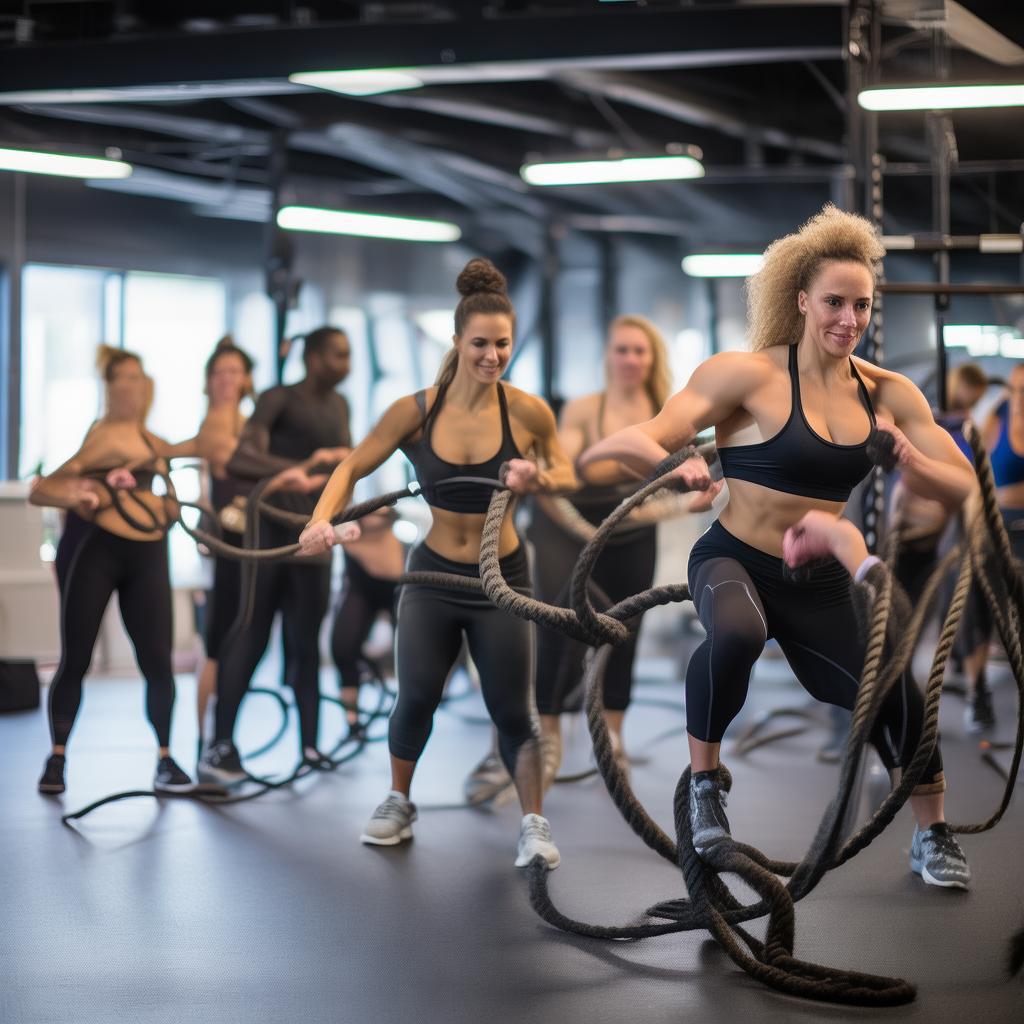Importance of Back Muscle Training
Most fitness – lovers tend to focus on chest training as it’s easier to see the results and gain the admiration of others. However, neglecting the back can lead to a loss in overall fitness. To have a massive and eye – catching upper body that can be flaunted even in a t – shirt, back training is essential. Strengthening muscles like the rhomboids and those in the rotator cuff is crucial as it lays the foundation for lifting more weight and ensures safety. Back training often involves straight bar work which can be hard on the shoulders and elbows. For those who have difficulty with dumbbell or barbell workouts, rope movements are a great alternative, allowing free arm movement and providing constant muscle tension.
7 Best Rope Moves for Back Muscles
1. Seated Rope Row
This is a popular move among fitness professionals for building a strong and broad back. It stimulates the obliques and helps in increasing back width and thickness. Start by squeezing the shoulder blades together and touch the handles to the pectoral muscles with each movement. Avoid leaning back to prevent unnecessary strain on the lower back. A wider grip can target the back muscles more specifically, while a narrower grip can engage the arms more.
2. Single Arm Rope Row
Unilateral training, such as the single – arm rope row, is important. It can be trained on one side of the body, correcting strength imbalances, activating stabilising muscle groups, and increasing core training. Set the pulley at chest height, grab the handle, step back, and face the rope. Pull the shoulder blades towards the centre of the back without twisting the body. For better stability, one can stand with one foot up and the other behind or do a seated version for more balance control, especially for beginners.
3. Half – Kneeling Rope Row
This takes the standard one – arm standing row to a higher level. It prevents lower back extension and keeps the pelvis neutral, stops the use of the lower body for compensation, and activates the torso more. However, it’s easy to cheat in this position. Make sure everything is at right angles to the ropes, feet are narrowly spaced, lower ribs don’t spread out, and the back leg tip doesn’t press hard on the ground.
4. Split Leg Low Rope Row
By simply changing the position, this simple rope movement becomes a full – body exercise that stimulates the gluteus maximus and hamstrings. Adjust the handles to the lowest position, stand with feet apart, lean forward, and grasp the handle with the hand on the same side as the leg behind. Squeeze the gluteus maximus of the rear leg during the movement.
5. 30 – Degree Pull Down
The rope pull – down is great for developing the latissimus dorsi. By leaning back 30 degrees, it can stimulate the middle and lower trapezius muscles with less stress on the shoulder joint. Sit in front of a pull – down machine, lean back, squeeze the shoulder blades, and pull the bar up to the collarbone.
6. Face Pull
This is an amazing move for people with poor posture. It puts the shoulders in a healthier position and reduces the risk of upper body injury. Set the rope higher than the head, grasp the ends with palms facing each other, and start by squeezing the shoulder blades down and back, pulling the rope towards the nose. Attaching two ropes to one hook can provide a greater range of movement.
7. Rope X Row
This is another great back exercise that also helps in building posture. By doing it from a unique angle, it can develop strength in the mid – back and rotator cuff muscles to avoid joint injuries. Use the cross – rope machine, grasp the handles cross – handedly, and pull the rope until the arms are straight on their respective sides.
While pull – ups are great back movements, fitness requires multiple exercises. Incorporate these 7 rope moves into your training plan for effective and safe back muscle building.





